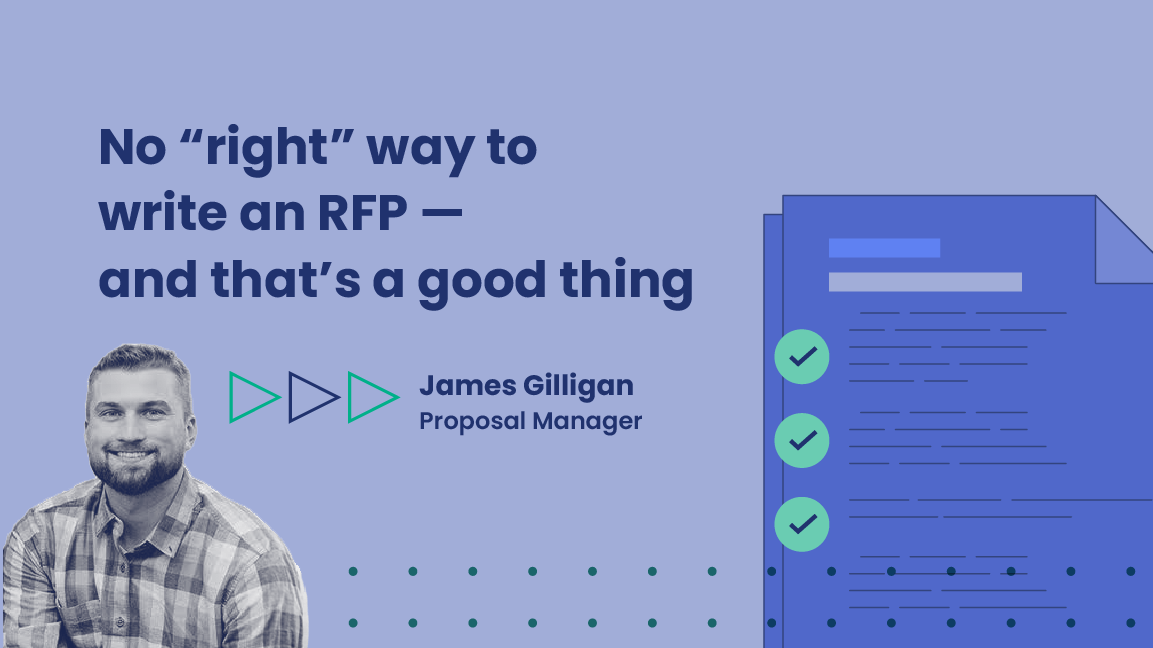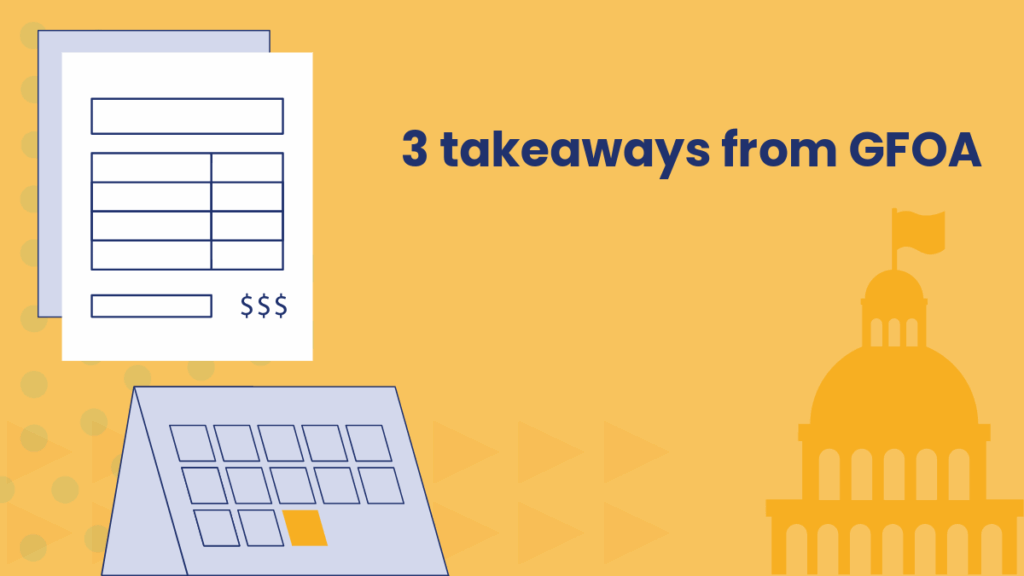Considerations for your local government proposal

PayIt employees will share their insights in this series written by our teammates — showcasing the talent, expertise, and positive attitude that each PayIt employee brings to the company. This post contribution is from James Gilligan, one of PayIt’s proposal managers.
Formal procurement processes are often a legal requirement for government agencies, often required by an agency for contracts over a certain dollar threshold. When well executed, it can be a great way for cities, counties, states, and provinces to procure goods and services that are in the best interest of the community.
What’s not to love about that?
No “right” way to write an RFP — and that’s a good thing
There’s no “one size fits all” approach to procurement processes. This is especially the case for local governments, as state, provincial, and federal agencies are often required to follow more standardized processes (so they require a more structured RFP).
For example, the process of replacing aging city sewer infrastructure should be different from how that same city would procure digital government services. There are always commonalities, of course. Most bids have open and close dates, and most are submitted via web or mail (please, no fax submissions — this millennial has no idea how those things work).
The point is that a blog talking about how to write or organize RFPs just doesn’t work. After all, that’s only one combination of letters. Instead, I want to talk about things government agencies should consider when facing the task of executing a formal procurement process.
Here are some considerations for your proposal — for both what happens within and outside of your bid documents:
Outside the bid documents
- Find a champion. Procurement managers are built-in champions. But who can they rely on to drive the excitement and collaboration required to produce the ideal process? An effective champion is not just a leader or someone who is authorized to sign the final contract. It’s someone who will roll up their sleeves and help with the research — someone who thinks outside of the box.
- Begin with the end in mind. What does success look like? What are the ideal solutions to the problems your procurement is trying to solve? Try not to get lost in the lists of requirements you get sent from the involved departments. Determine your end goals at the beginning, and let that be the thread that pulls your procurement together.
- Seek a partner. Before you write a single requirement, keep in mind that you deserve a partner, not just a vendor — particularly for complex digital services that your residents will use. The entirety of your procurement should work from this framework. Don’t just ask for a partner; make respondents demonstrate that they are one.
- Evaluate everything. Scoring is important, and including clear criteria gives respondents a clear idea of what’s important to your agency. But don’t allow your evaluation structure and process to limit you. Investigate outside of the proposal documents. Call references, check out vendor websites, and seek input from peers on them. Gather all the information you can.
Within the bid documents
- Be clear. If your requirements aren’t clear in what they are asking, the responses you receive may be equally vague. This creates risk and leads to longer evaluation periods, not to mention the likelihood of a pretty, um, “robust” set of questions you’ll be asked during the Q&A period. Be clear in the language you use. This goes beyond technical requirements, too. What are your goals? Put another way, what problems are you trying to solve?
- Create cohesion. Many different stakeholders and departments are involved in writing and selecting requirements. Make sure the listed requirements all come together cohesively to minimize vendor confusion. If procurement language clashes or confuses you, it certainly won’t be clear to vendors.
- Clean up jargon. In some cases, jargon and technical language are necessary. Consider including a glossary to articulate how you define them.
- Ask open and closed questions. Much of your response should include closed questions. These questions are critical, but consider including a few open-ended questions, too. Your respondents may solve a problem in a way you didn’t think of before. They may even offer something you didn’t know you wanted. Give them some space to tell you. (“Describe how you manage this process” or “Confirm you meet this compliance standard.”)
Formal procurements are an effective way to find the ideal partner for your agency and your residents. Due to regulations and legislative requirements, they are sometimes your only option for purchasing digital government solutions. But that doesn’t mean you’re alone, and the entire process must take place in a vacuum.
Do your homework
Consider input from peers or prospective respondents. Issue an open-ended Request for Information (RFI) to learn what’s out there. Ask around at a conference, or network with trusted peers. Much of the formal procurement process takes place behind closed doors, but the path to get there doesn’t have to. Since you’ve already made it this far, check out more valuable web resources on digital government services — in particular, our Buyer’s Guide; It’s a great asset that outlines all aspects of buying digital government services.
Looking for more content?
Get articles and insights from our monthly newsletter.




